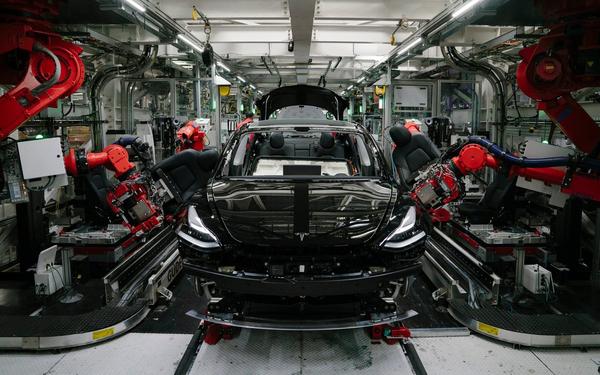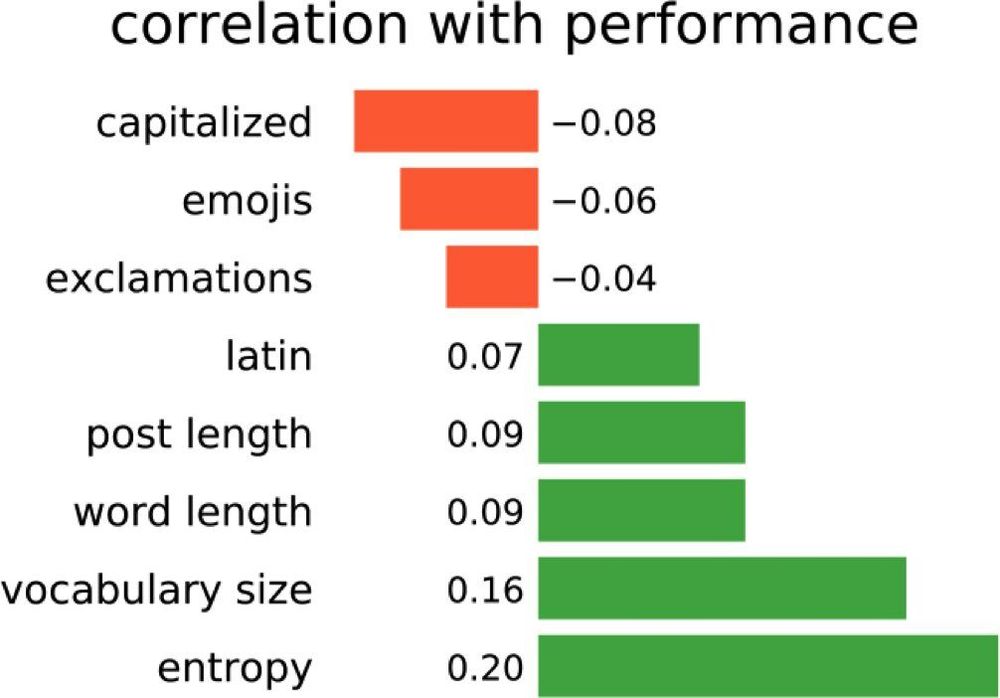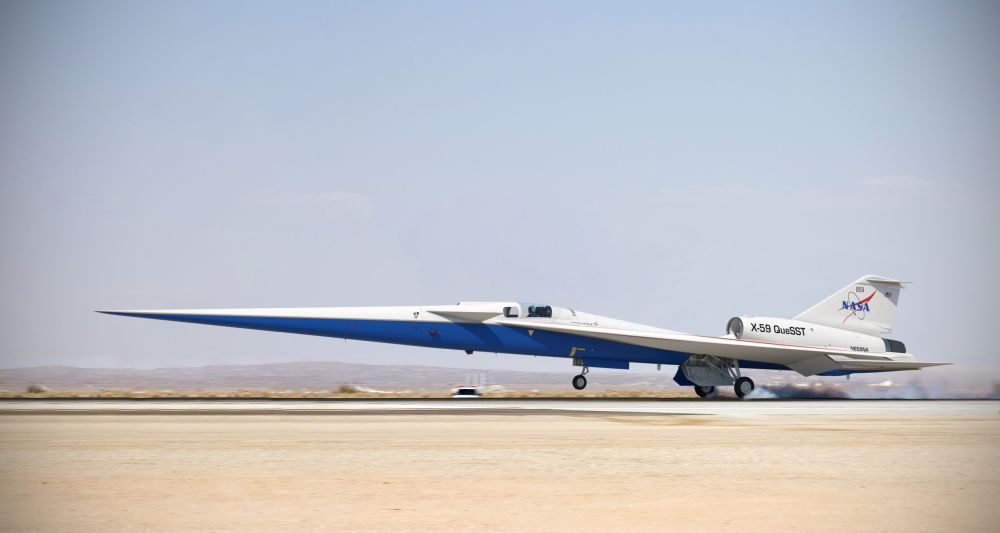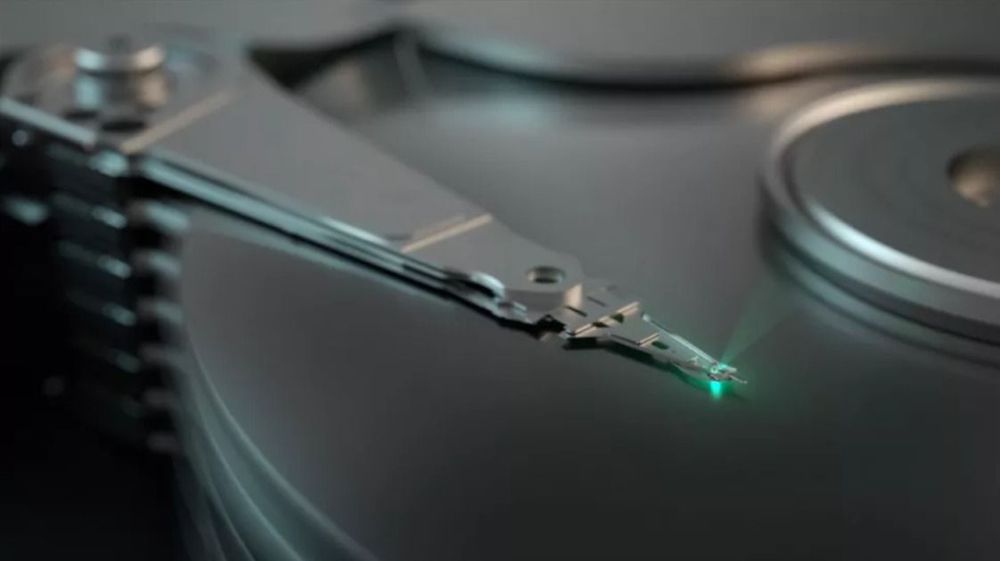Well, considering current events…
The Tesla HEPA Filter and Bioweapon Defense Mode have repeatedly proven their usefulness and even vital necessity. At the moment, only Model S and Model X have the air-cleaning feature, however, there is a high probability that the HEPA filter will be installed in Model Y.
Hacker @greentheonly/Twitter has once again noticed several updates that should be made available to Model Y. He claims that the car will receive a HEPA filter and the corresponding Bioweapon Defense Mode. He also clarified that Model 3 most likely won’t receive it at this point.
ModelY gets the 3rd row “flat fold”. It also got HEPA filter and corresponding biohazard mode — this apparently is not planned for model3 at this time. Standard/Adaptive air suspension made reappearance on 3/Y so it’s also certainly in the works.— green (@greentheonly) October 22, 2020





